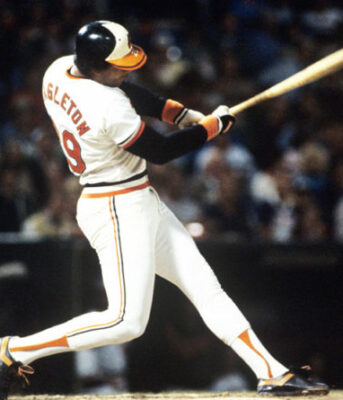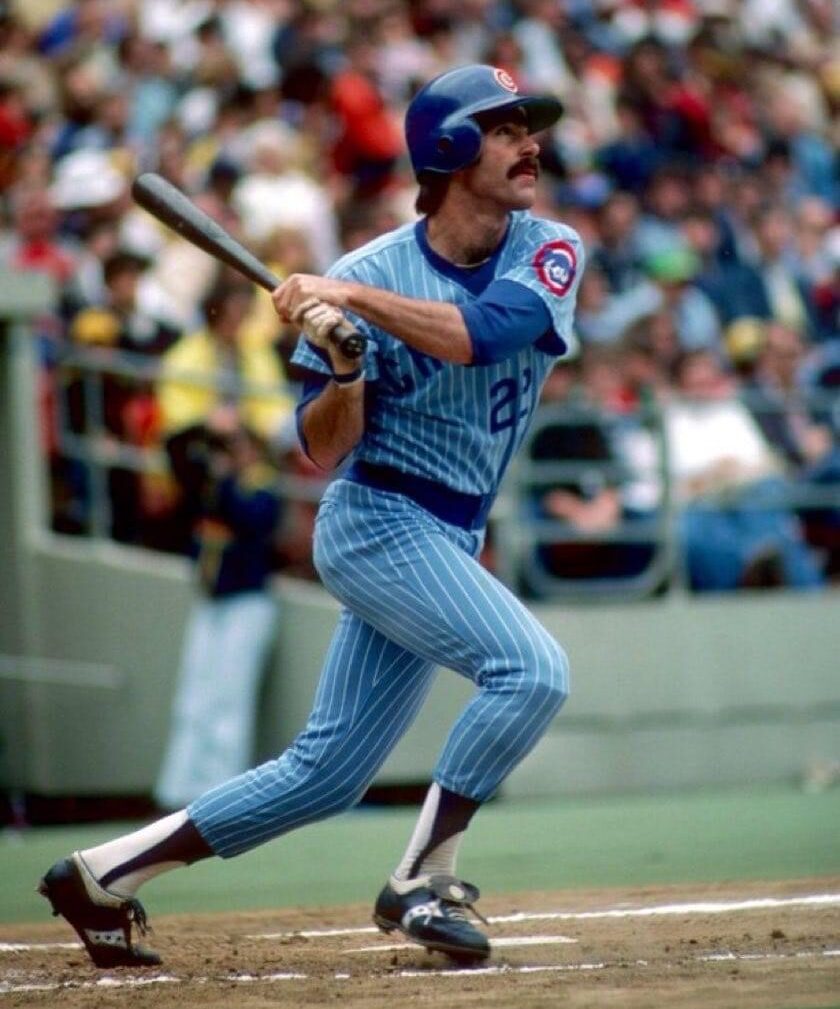
As a teenager, Rusty Staub played his way onto the radar of big league scouts. The left-handed slugger led his high school to the 1960 American Legion national championship and the 1961 Louisiana State AAA championship.
In the days before the Major League Draft, young players were free to sign with the highest bidder. Many teams coveted Staub. Ultimately, Houston Colt .45’s General Manager Paul Richards convinced him to sign with the expansion franchise by offering him $100,000. The Houston club had yet to play a game when they inked young Staub in ’61.
An 18-year old Rusty started his professional career with the Durham Bulls in ’62. The next year he made his big league debut and recorded 115 hits.
His six seasons in Houston included two All Star selections and a league-leading 44 doubles in 1967. Staub received votes in MVP balloting in both ’67 and ’68 with the Astros. His 792 hits for Houston were the most for any of the five teams for which he played.
In early 1969 Rusty was traded to the Expos. Staub learned French and embraced Montreal. Beloved in the city, Staub was selected to the All Star game in each of his first 3 seasons with the Expos.
It was in Montreal that Staub picked up his famous nickname. French-speaking fans dubbed the ginger-haired star “Le Grand Orange”.
In his four years with the club, Staub recorded 531 hits, and averaged .295 with a .402 on-base percentage. Two of those seasons he received MVP consideration.
In April of ’72, Staub was dealt to New York in a trade involving Kenny Singleton. Staub made the most of the only postseason of his career in ’73 with the Mets. In the Fall Classic against the Oakland A’s he went 11-for-26 (.423) with two walks, two doubles, a homer, and six RBI.
He played for the Mets from 1972-1975 in the first of two stints with the club. His overall numbers in 9 seasons with New York include 709 hits and over 1,000 total bases.
Staub moved on to his fourth club in a trade to Detroit in December of ’75. Packaged to the Motor City for Mickey Lolich and an outfielder, Staub enjoyed his final All Star season in ’76 when he slashed 28 doubled and drove in 96 runs. A 100-RBI man in both ’77 and ’78, Staub totaled 582 hits in 3 1/2 seasons for the Tigers.
He remains the only player to amass 500+ hits for four different franchises.
Staub hit just .244 in 1979 in his age-35 season. His career was winding down. His last 5 seasons were spent back with the Mets. From 1981-1985 Staub averaged 84 games played before retiring at age 41.
The Mets inducted him into their team Hall of Fame in ’86; the Expos retired his jersey #10 in 1993.
Rusty’s career totals include 2,716 hits, 292 HRs, 1,466 RBI, a .279 average, .362 on-base percentage and a 124 OPS+. He became eligible for Cooperstown in 1991. Staub received as much as 7.9% of the vote before falling off the ballot in 1997.
In 2012 Staub was inducted into the Canadian Baseball Hall of Fame. Six years later he was inducted into the Baseball Reliquary’s Shrine of the Eternals.
In the collection is this autographed 1968 Topps card featuring Staub as a member of the Houston Astros.









Staub made things tough for signed card set collectors. After playing several seasons he came to believe that collectors of signed cards simply sold them to make money. He continued to sign other items like balls and photos but cards went to his NO list. He did sign them for clubhouse and hotel workers though.
I loved watching him in Detroit. The manner in which he conducted himself on the field, the veteran leadership he provided to our young players of the time and his timely hitting was great for the rebuilding Tiger teams. RIP. Le Grande Orange, Rusty Staub.
Rusty was not only a tremendous ballplayer but a greater humanitarian. After 911 Rusty raised millions of dollars for the families of the American heroes who lost their lives that day. For that , on this day of giving thanks, America thanks you. God bless you and your family. R.I.P. @ James bloomer
Class act. Great stories in the booth, he deserves recognition in Cooperstown.
I had the privilege of speaking with Rusty a few times. He seemed kind, friendly, almost humble.
We worked out at the same health club during the 90’s. A common friend introduced us , and it was great to talk baseball with him. I had cut school to see his first game as a Met in 1972. Then the 73’ playoffs, where he starred for them, despite a bad shoulder injury. Before a business trip to New Orleans , Rusty told me every great restaurant to try in his home town. Finally, his charity work for fire and police widows and orphans (and feeding NYC hungry) was a statement of who he was as a person.
Rusty was the star of my beloved Expos. I followed his career even after he left Montreal. He was a star , no, a true baseball hero to kids like me wherever he played